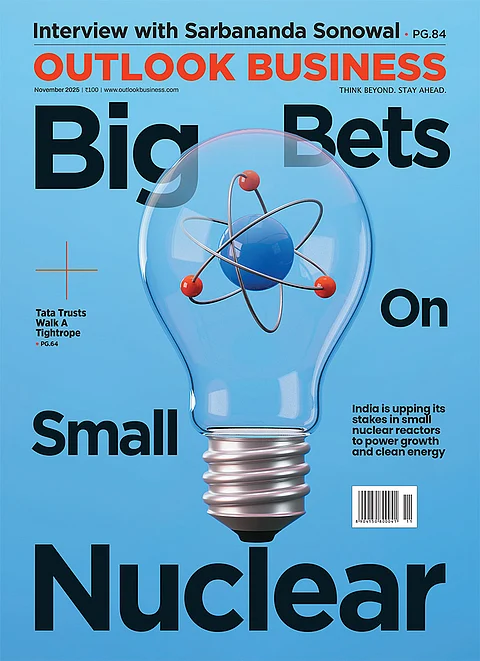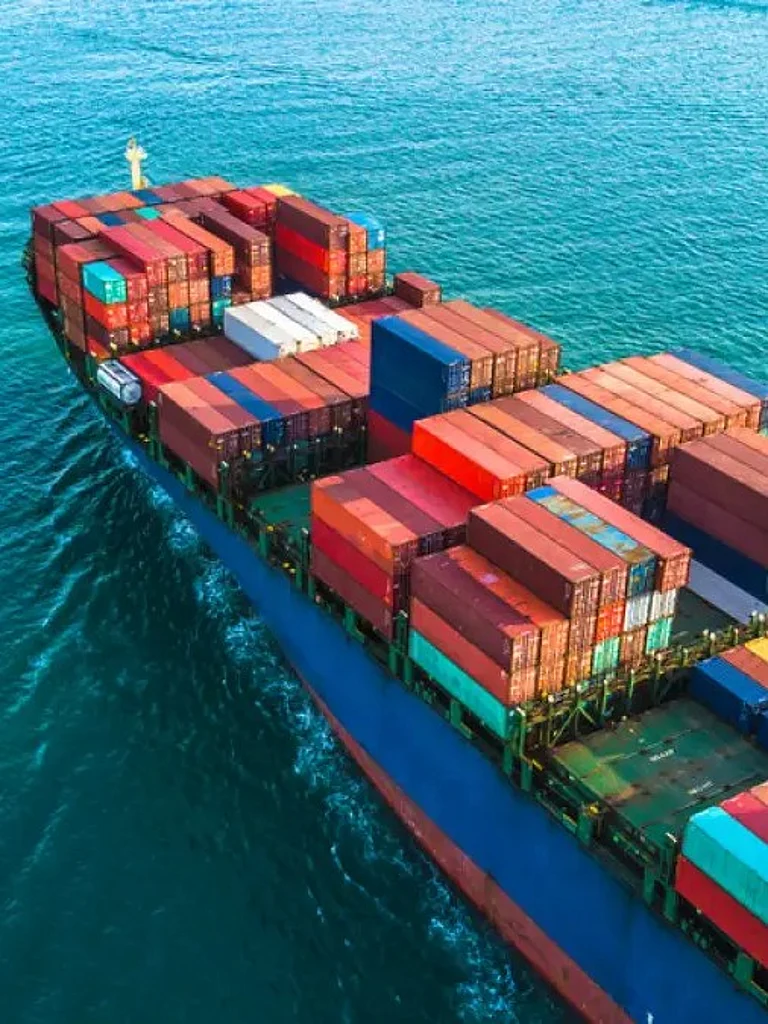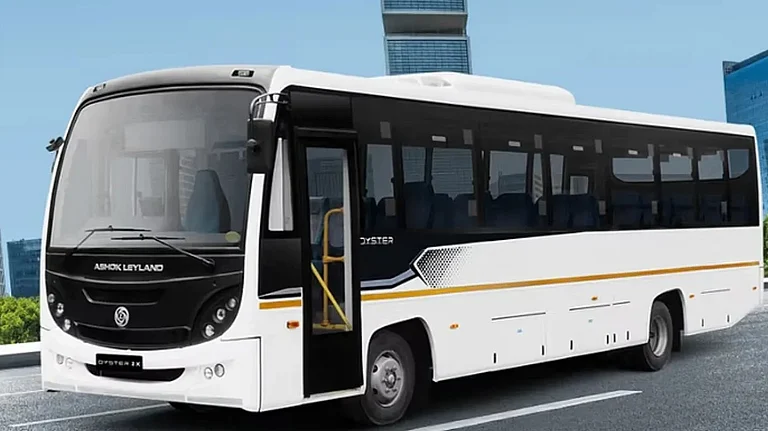
Indian states seek Centre’s help as Trump tariffs hit exports.
Tamil Nadu warns of job losses, textiles and auto sectors vulnerable.
Andhra Pradesh shrimp industry faces severe distress, exploring new global markets.
UP, Telangana, Kerala, Gujarat reworking export policies, urging relief measures.
As India is reeling with Trump’s tariff wave, several states across the country have sought the government’s help to tackle the effects of the levies. State governments have appealed to the central government for export incentives, lifting of import duty in the case of cotton for the textile sector and exemption of goods and services tax (GST).
Some of them have also written to the Centre to look at the Brazilian model, which has announced tax deferrals and tax credits for exporters.
What Steps are States Taking?
Many states like Uttar Pradesh, Telangana, Kerala, Rajasthan, and Gujarat and Tamil Nadu are reworking their export promotion policies and exploring ways to quickly look for newer markets. The state governments have also consulted with exporters and other stakeholders that will bear the brunt once the additional 25 per cent tariff comes into force.
The Tamil Nadu government, which exported 31 per cent of its total shipments worth $52.1 billion to the US in FY25, is fearful of massive job losses once the additional 25 per cent duty takes effect on August 27. Additionally, the state has sought the Centre’s help, as have several other states, including Andhra Pradesh.
On August 20, Andhra Pradesh Minister for Real Time Governance, Nara Lokesh had discussions with the state’s marine exporters. As per presentations given by the state’s fisheries department at the meeting, shrimps from Ecuador and Thailand will be almost 40 per cent cheaper than those from India. In addition to that, shrimps from Indonesia and Vietnam will be 35.36 per cent and 9.66 per cent cheaper, respectively.
Kerala has also addressed concerns, as the United States is its second-largest market for agricultural exports like cashews, rice, vegetables, processed fruits and cereal flours. The state is planning to set up a body akin to the Export Promotion Council of India to help exporters diversify. Talking about the matter, State Industry Minister P Rajeeve said, “True, the state has limitations on what it can do, but we want to work by understanding the needs and stance of the export-oriented industry sector.”
Telangana government is also planning to incorporate inputs of exporters in the new logistics policy that is almost ready with guidelines under development. In addition to that, Karnataka’s aluminium extrusion industry, Gujarat and Rajasthan’s gems & jewellery sector is concerned of losing substantial business due to US tariffs. They have reached out to their respective governments to help facilitate exports to newer markets.
Andhra and Tamil Nadu’s Efforts
According to a Business Standard report, a team from US Food and Drug Administration (FDA) is visiting Andhra Pradesh in August to inspect hatcheries, processing plants, and ponds. The government will attempt to explain to the team that the quality of Indian shrimp meets the US quality standards, and about the need to revise tariffs. Currently, of the 600,000 acres of total aquaculture in Andhra Pradesh, 250,000 acres are under shrimp culture. Evidently, the impact of tariffs will be on the entire seafood value chain, which could lead to severe financial distress among over 450 shrimp hatcheries, 50 feed mills, 300,000 farms, over 300 processing, pre-processing, and peeling units, 260,000 fishing boats, trawlers, and other vessels, 2.78 million fishermen and over 3 million individuals on employed indirectly across the ecosystem.
At a time when the initial 25 per cent levy kicked in, the Andhra government set up an aquaculture advisory committee to address sector challenges, including tariff impacts. These steps included feed manufacturers announcing a ₹4 per kg price cut from April 19 to ease farmers’ input costs. The committee has also sought removal of 5 per cent GST on packaged shrimp, soft loans to exporters for cash flow and waiving excise duty on diesel for trawlers among others.
Additionally, the state is also looking for new markets such as South Korea, Saudi Arabia, and Russia. It is requesting farmers to diversify into important species like seabass, silver pompano, cobia, grouper, hilsa, chanos, mullet, seaweed and crab. It will invest in strengthening labs, better certification, and branding with antibiotic free products. Andhra Chief Minister N Chandrababu Naidu said recently noted, “We are supporting aqua farmers by giving them electricity at ₹1.50 per unit. The tariff increase will burden the aqua farmers in the state.” Based on reports, the state’s textile ecosystem may also lose around ₹15,000 crore to ₹20,000 crore per annum.
On the other hand, the Tamil Nadu government has pointed out that American tariffs will hit it harder than most states.
In a letter to the Prime Minister, state Chief Minister M K Stalin said 20 per cent of India’s total goods exports of $433.6 billion were to the US in FY25, and 31 per cent of Tamil Nadu's $52.1 billion goods were exported to that country. He said that the tariff impact on Tamil Nadu “will be disproportionately greater than for most other Indian states”, and has significant implications for the state’s manufacturing sector and employment scenario.
As per estimates made by the Tamil Nadu government, the most affected sectors will be textiles, apparels, machinery, auto components, gems and jewellery, leather, footwear, marine products and chemicals. These are labour-intensive sector and any export slowdown will quickly result in mass layoffs.
Tamil Nadu accounted for 28 per cent of the country’s textile exports in FY25, the largest among Indian states. The sector employs nearly 7.5 million people, and with a 25 per cent tariff and additional 25 per cent duty on cards, an estimated 3 million jobs are at immediate risk, the state government has estimated.
Stalin, who has held consultations with the industry associations of sectors set to face losses from Trump tariffs, sought the PM’s help. “Considering the scale of the problem, a special financial relief package, including a moratorium on principal repayment, similar to the one implemented during the Covid period, is necessary to support our exporters,” he told Modi.
How UP, Telangana and Karnataka are Managing the Hit
The US tariffs will have an impact on Uttar Pradesh’s textile, jewellery and leather exports. In FY25, the US was UP’s top export destination. It accounted for more than ₹35,000 crore worth of shipments. According to officials, the state government was looking at newer markets and working on a new export promotion policy.
Speaking to Business Standard, Madhukar Babu, joint director (MSME), commissioner of industries in Telangana said that the state will incorporate inputs of exporters in the new logistics policy that is almost ready. He also requested exporters to look at markets in Africa and South America.
Ministers and officials from most states have mentioned that they are largely helpless in the short term once the 50 per cent tariff kicks in on August 27 and Indian goods become uncompetitive in the American market.

































